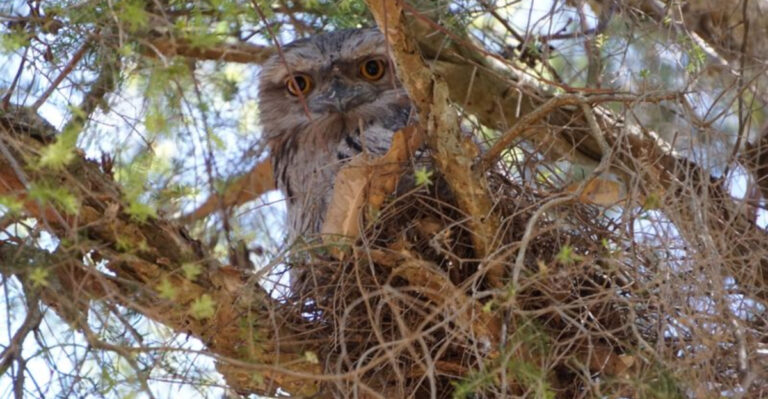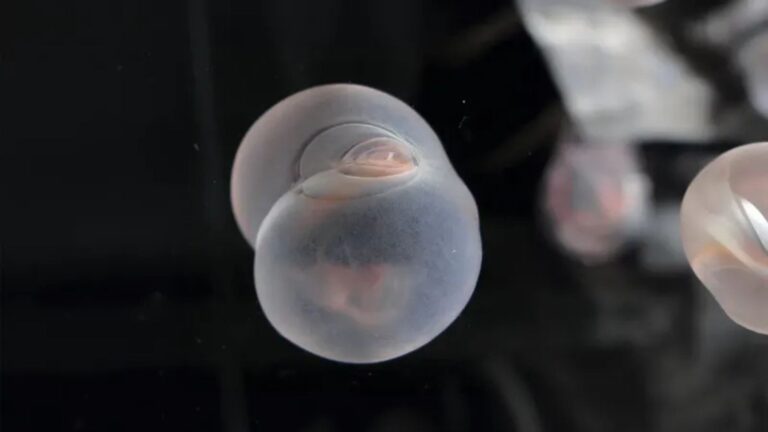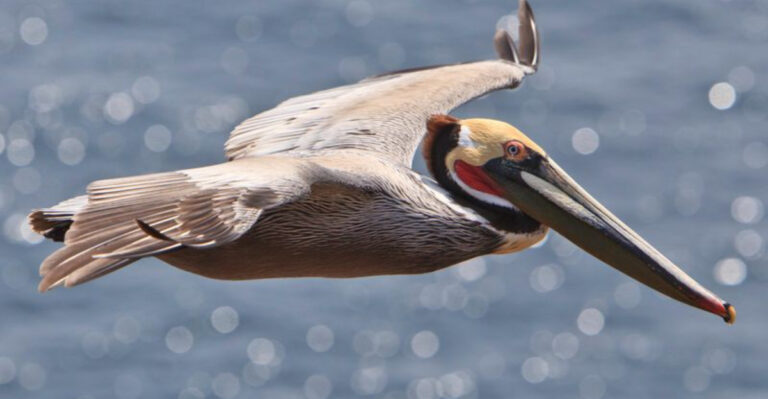How To Attract Fireflies To Your Garden And Keep Them Coming Back
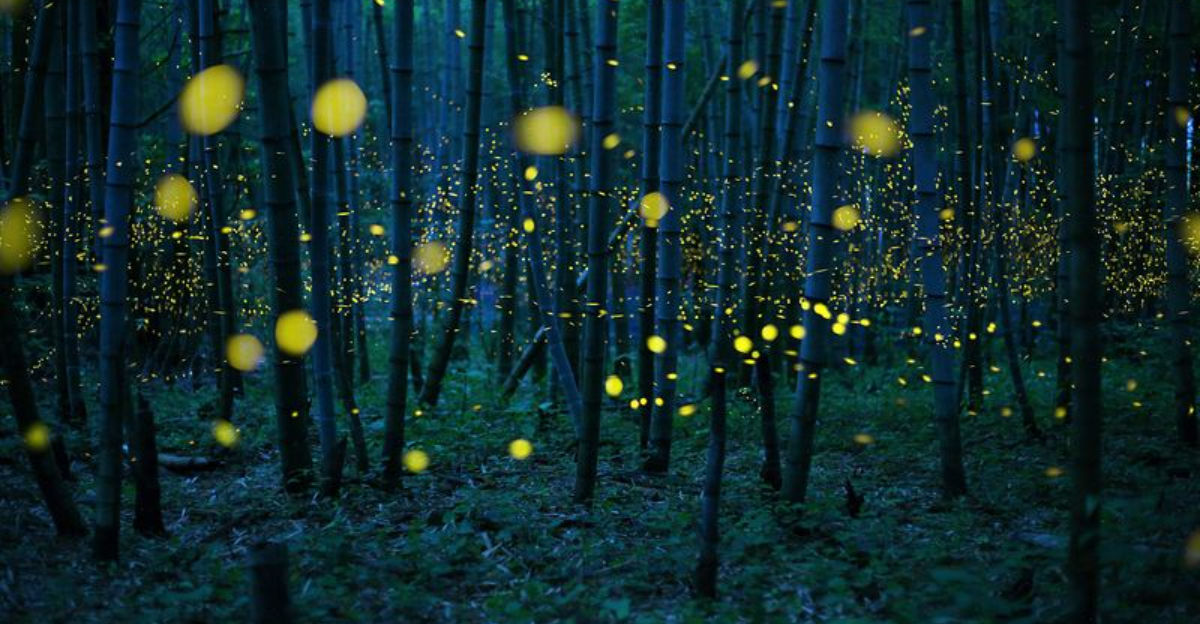
Those magical summer evenings when fireflies dance through the garden create unforgettable memories. These luminous beetles aren’t just beautiful to watch – they’re beneficial insects that help control garden pests.
With firefly populations declining worldwide due to habitat loss and light pollution, creating a firefly-friendly garden helps preserve these enchanting creatures for generations to come.
1. Turn Down The Lights
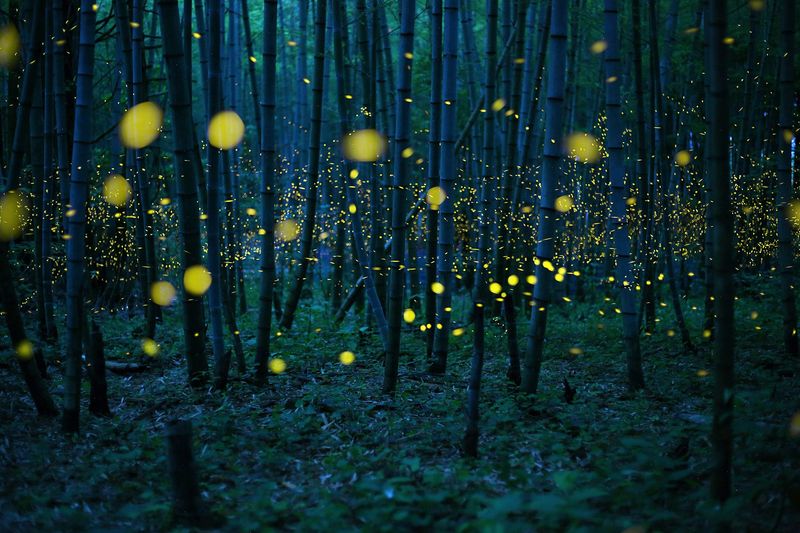
Artificial lighting confuses these glowing creatures and interferes with their mating signals. Consider using motion-activated lights or low-voltage pathway lighting instead.
During firefly season (typically May through August), try keeping outdoor lights off completely when possible. Even indoor lights visible through windows can impact their behavior.
2. Leave The Leaves
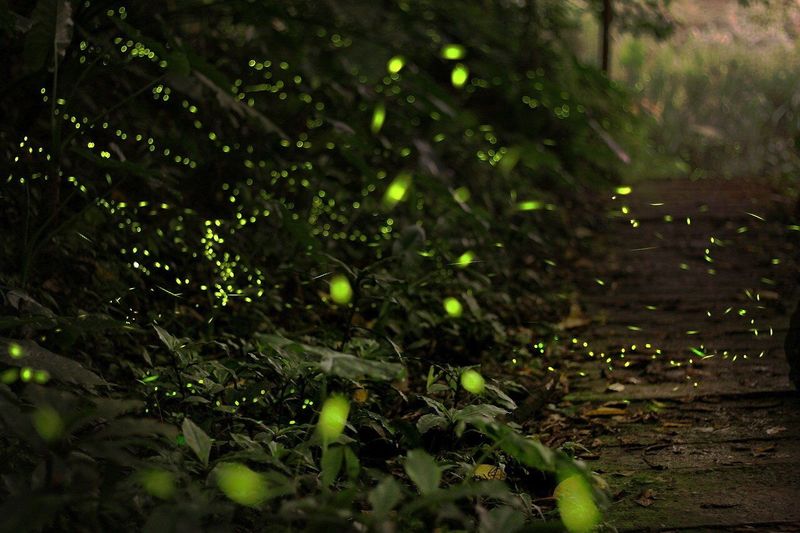
Ever wonder where fireflies spend their days? Beneath fallen leaves! Firefly larvae thrive in leaf litter, which provides perfect shelter and hunting grounds.
Rather than raking everything away, designate areas where leaves can remain undisturbed. Your garden will thank you with more firefly visitors each evening.
3. Create Moisture Zones
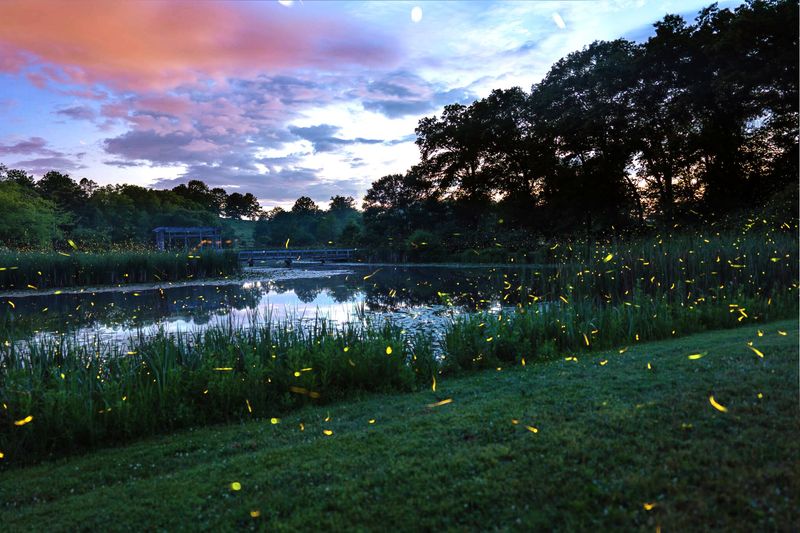
Imagine sipping cool water on a hot summer day – fireflies feel the same way about moisture! These beetles are naturally drawn to damp environments where they thrive.
Consider adding a small pond, birdbath, or rain garden to your landscape. Even maintaining areas that stay naturally moist after rainfall will help attract these glowing visitors.
4. Plant Native Pine Trees

Pine trees create the perfect environment for certain firefly species. The acidic soil beneath pines supports specific microorganisms that firefly larvae feed on.
Even a single pine tree can make your garden more attractive to these glowing insects. The fallen needles create an ideal environment for their lifecycle, supporting both larvae and adults.
5. Grow Tall Grasses
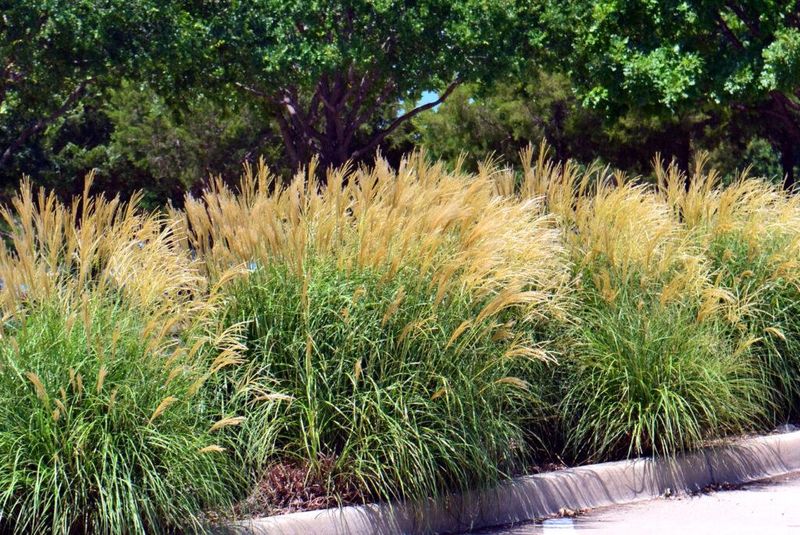
Tall grasses provide perfect perches for male fireflies flashing their love signals! These elevated platforms help them broadcast their glow to potential mates across greater distances.
Native ornamental grasses like switchgrass or little bluestem work beautifully. Leave them standing rather than cutting them back during firefly season for maximum benefit.
6. Ban The Bug Zappers
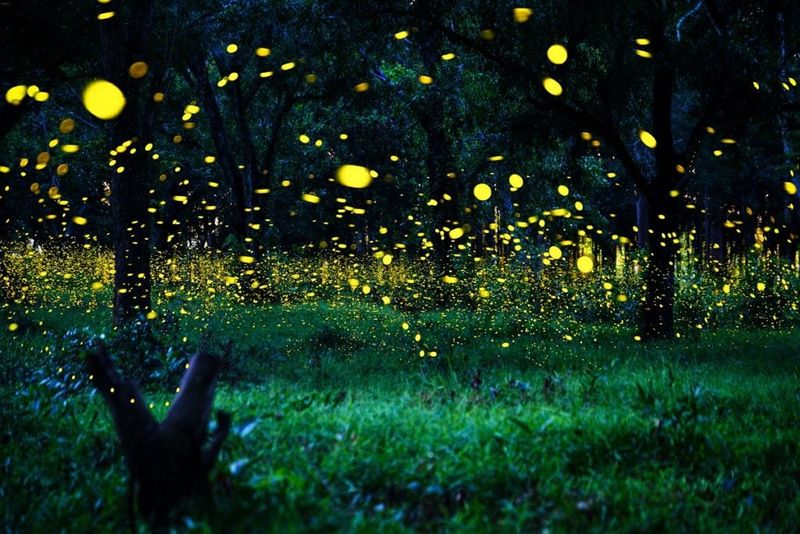
Those satisfying zaps might sound effective, but bug zappers are firefly assassins! They indiscriminately unalive beneficial insects while barely affecting mosquito populations.
For mosquito control, try natural repellents or mosquito dunks in standing water. Your firefly friends will thank you by returning night after night to your garden sanctuary.
7. Make A Log Pile
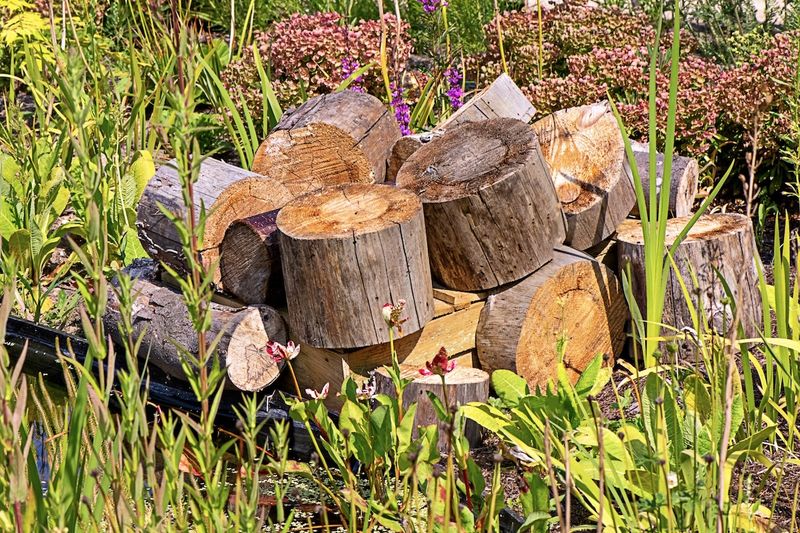
Rotting logs aren’t just garden decor – they’re five-star firefly hotels! Decaying wood creates the perfect environment for firefly larvae to hunt for snails and slugs.
Place a small stack of logs in a shady corner of your garden. As they decompose naturally, they’ll create an irresistible habitat that supports the complete firefly lifecycle.
8. Skip The Chemicals
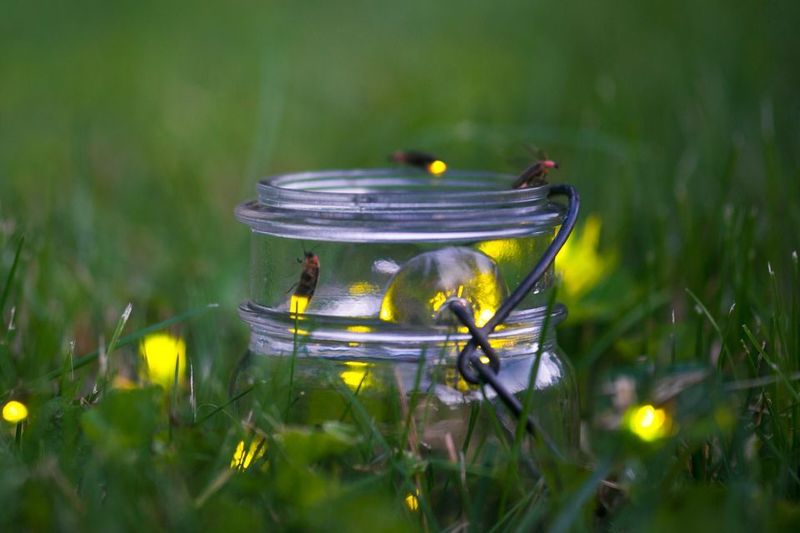
Glistening lawns often hide a toxic secret – pesticides and fertilizers that harm fireflies at every life stage. These chemicals poison both adult fireflies and their prey.
Switch to organic gardening methods instead. Compost for fertilizer and encourage natural predators like birds and beneficial insects to keep your garden balanced without harming firefly populations.
9. Welcome Snails And Slugs
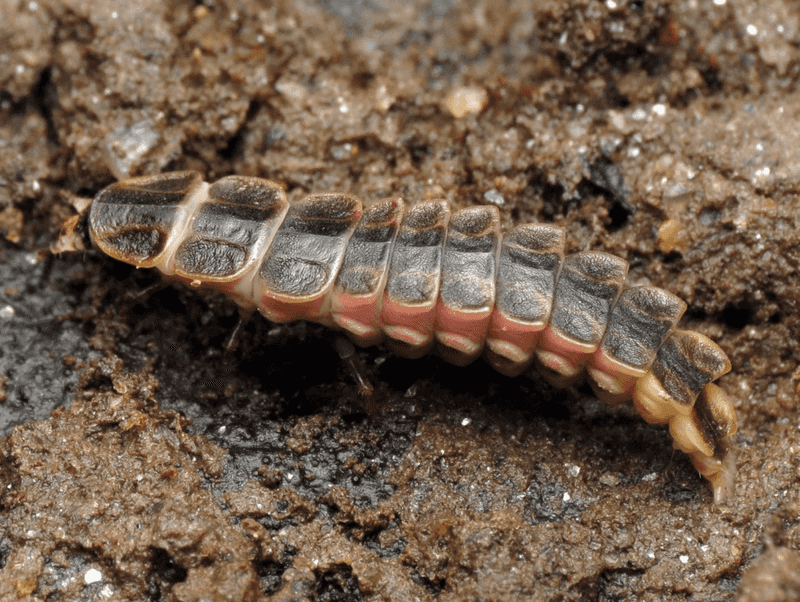
While gardeners typically battle these slimy creatures, firefly larvae consider them gourmet meals! Firefly babies are actually predators that hunt and feed on small snails, slugs, and worms.
Tolerating a few slugs in remote garden areas creates a sustainable food source for developing fireflies. This natural balance helps ensure fireflies return year after year.
10. Plant Evening Bloomers
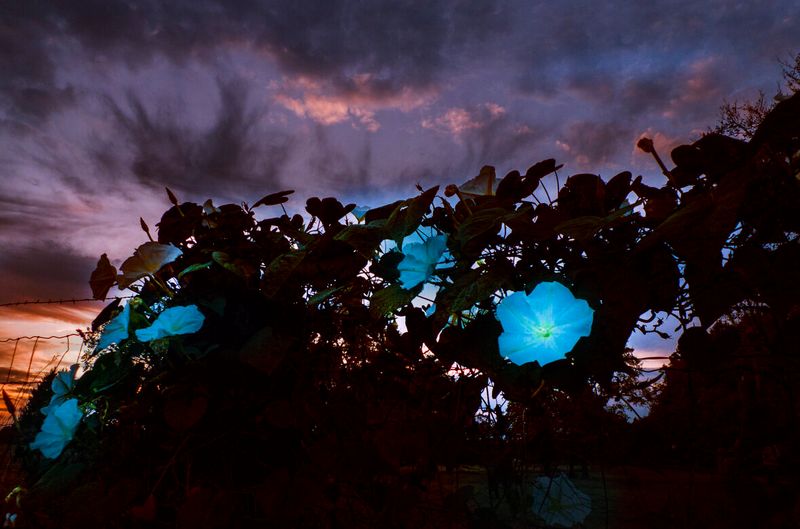
Flowers that open at dusk create magical landing pads for fireflies! Evening primrose, moonflower, and night-blooming jasmine provide perfect perches for these glowing beetles.
These plants also attract moths and other night pollinators, creating a diverse nocturnal ecosystem. The sweet fragrances and light-colored blooms stand out in twilight, drawing fireflies to your garden.
11. Designate Wild Areas
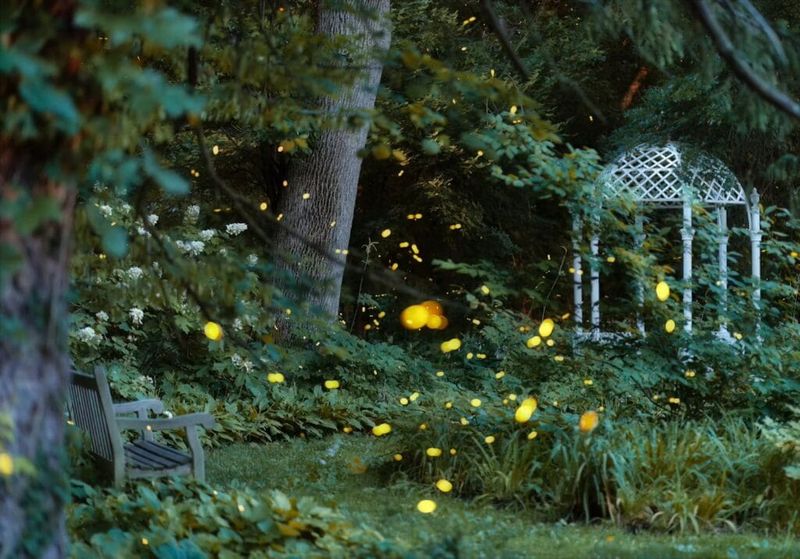
Perfectly manicured gardens look nice but lack firefly appeal. These beetles prefer wilder spaces where nature takes the lead.
Set aside a corner of your yard where things grow a bit untamed. Even a small patch of unmowed grass beneath trees or along a fence creates valuable firefly habitat that connects with their natural preferences.
12. Add A Water Feature
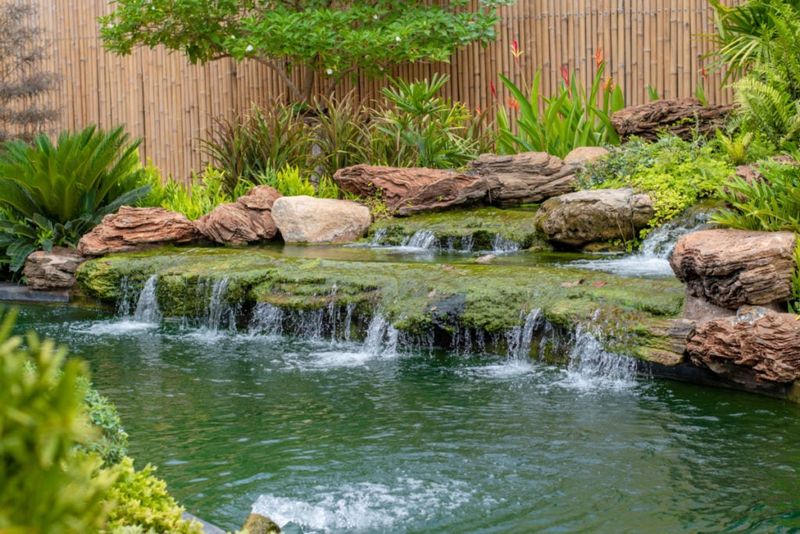
The gentle splash of water acts like a dinner bell for fireflies! Moving water attracts insects that fireflies feed on while providing essential moisture they need.
A simple bubbling fountain or small stream creates the perfect environment. Even a bird bath with fresh water helps maintain the humidity levels these luminous beetles prefer.
13. Plant Low-Growing Ground Covers
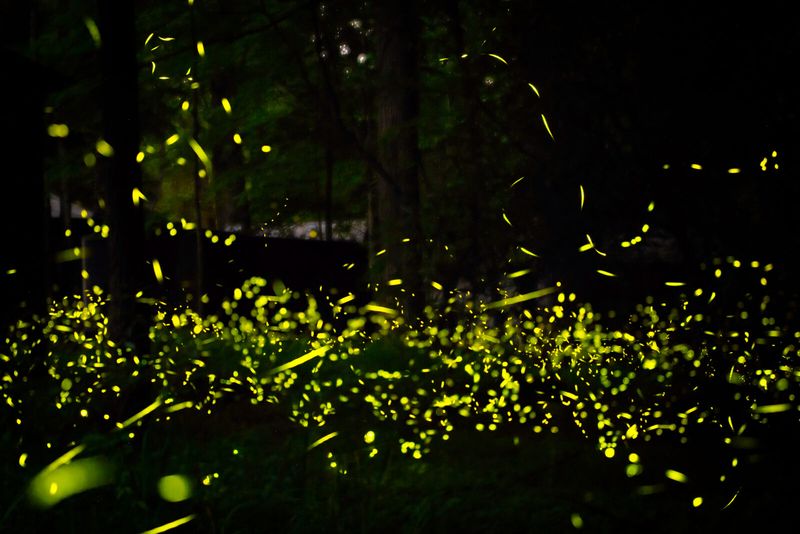
Ground covers create cool, moist microclimates where firefly larvae thrive! Options like sweet woodruff, creeping thyme, or native ferns provide perfect protection.
These plants maintain soil moisture while offering hiding spots during daylight hours. The varied textures also support diverse microorganisms that form the base of the firefly food web.
14. Provide Shrub Diversity

Shrubs offer crucial daytime resting spots for adult fireflies! Different heights and textures create varied microclimates these insects love.
Native shrubs like viburnum, buttonbush, and elderberry work wonderfully. Their dense branches provide shelter while supporting other insects that fireflies feed on, creating a complete ecosystem for these glowing visitors.


